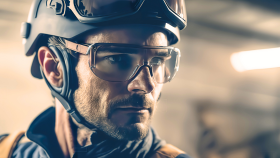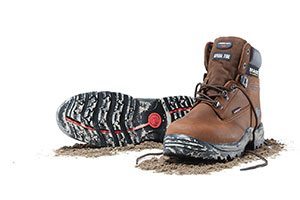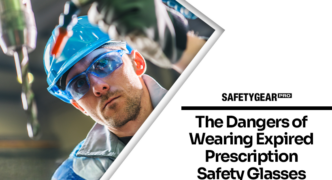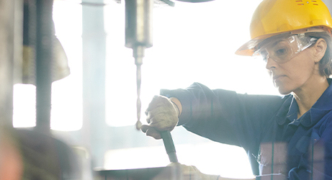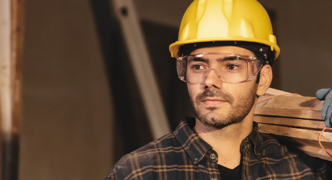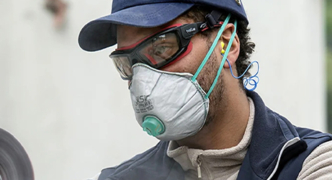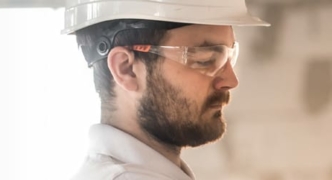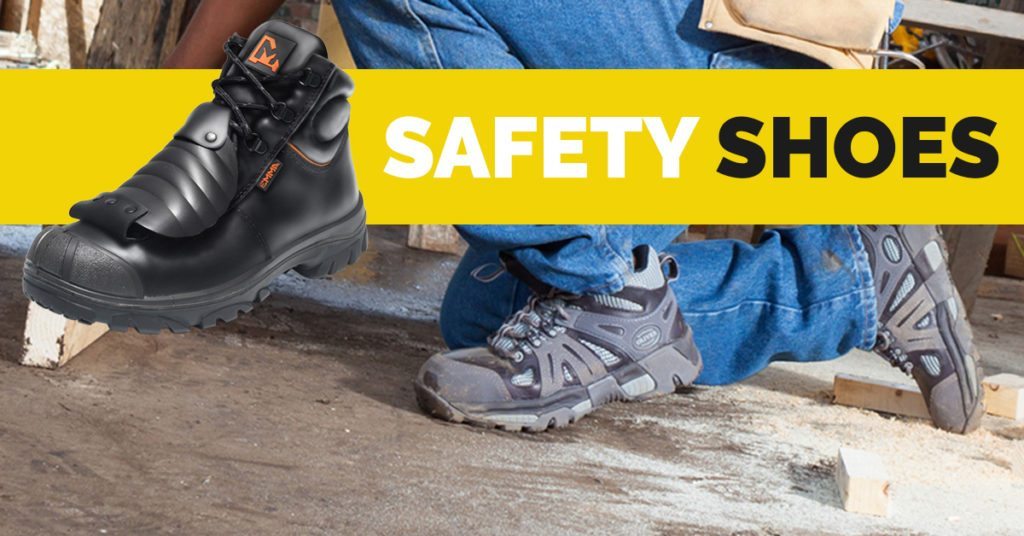
Safety Boots are one of the most important elements of personal safety. Construction and industrial sites are hazardous workplaces, posing high risk of foot injuries.
Injuries may occur due to:
- Objects like stones and sharp nails piercing through work shoes
- Falling of heavy objects on the feet
- Careless use of heavy duty construction equipment and vehicles
- Sprains and fractures due to slips and falls
- Electric shocks
To avoid and lower the severity of foot injuries, it is important to wear safety boots. Majority of the safety boots are fitted with features like impact protection and slip-resistant soles, safety toes, and adequate ankle padding. These features provide excellent foot protection to workers, allowing them to work efficiently around the site.
Now let’s take a look at some statistics and facts to understand the importance of wearing safety boots:
- According to the US Department of Labor, 666 workplace injuries are associated with slips, falls and trips. Injuries involving strains and falls are also among the leading causes of missing work.
- As per the NSC (National Safety Council), 1 of 4 victims of job related foot injuries wear safety shoes. The remaining 3 are simply unaware of the safety benefits of wearing protective footwear.
- According to the Occupational Safety and Health Administration’s (OSHA) requirements for safety work shoes, employers must ensure that their employees use protective shoes when they work on sites where there is a risk of foot injuries. The employer can be sued in case he/she fails to comply with the regulation, or fails to provide protective footwear, or is not strict about it. Not only are these lawsuits expensive but are also time consuming. Besides this, these lawsuits can also cost the employer their license and permit.
With safety shoes, workers can protect themselves from trips, slips, burns and even electric shocks. As there is a large variety of safety shoes available in the market, it is important to find a pair of boots that fits the job role and safety requirements. For example, electric hazard boots are best when exposed to high-voltage machines and electricity, while steel-toe boots are the best choice for construction workers.
